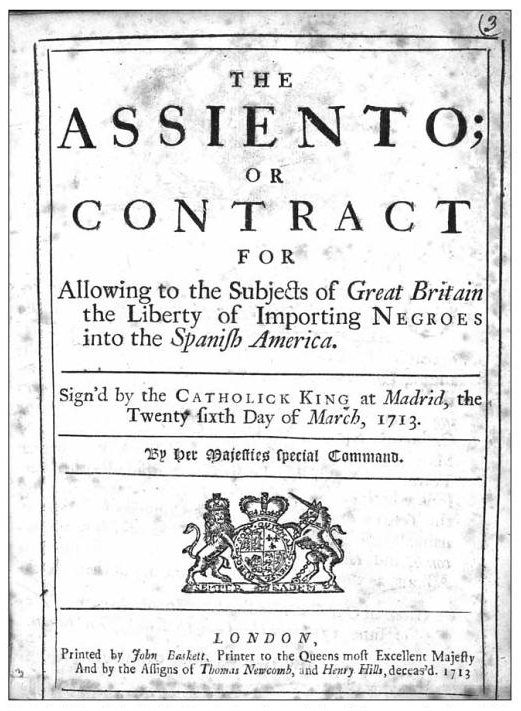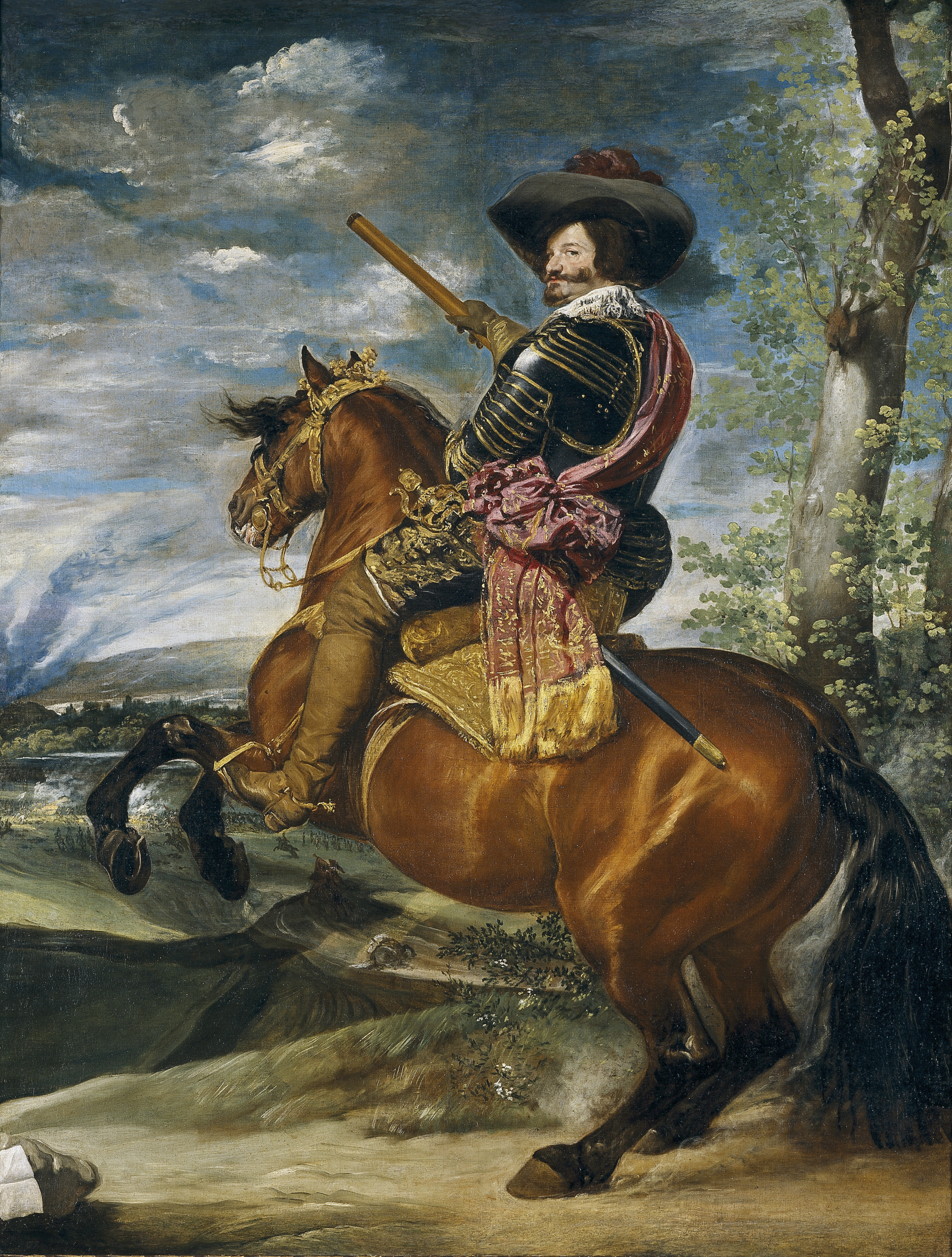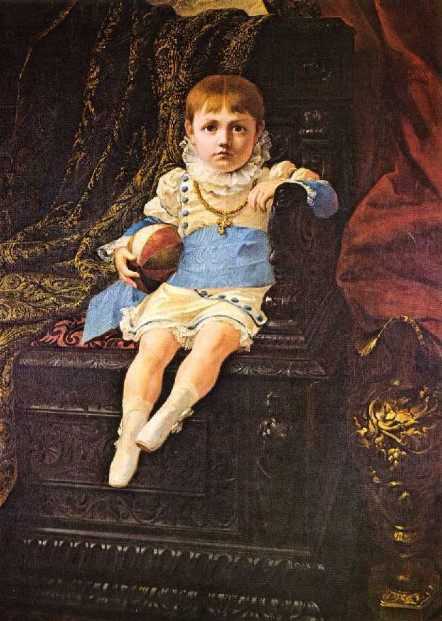|
Spain In The 17th Century
Habsburg Spain was at the height of its power and cultural influence at the beginning of the 17th century, but military, political, and economic difficulties were already being discussed within Spain. In the coming decades these difficulties grew and saw France gradually taking Spain's place as Europe's leading power through the later half of the century. Many different factors, including the decentralized political nature of Spain, inefficient taxation, a succession of weak kings, power struggles in the Spanish court and a tendency to focus on the American colonies instead of Spain's domestic economy, all contributed to the decline of the Habsburg rule of Spain. The end of the century also brought the end of Habsburg rule. The 18th century began with the War of the Spanish Succession, which concluded in the establishment of the Bourbon dynasty in Spain. Background: Spain from 1469 to the reign of Philip II of Spain In 1469, Ferdinand II of Aragon and Isabella I of Castile ... [...More Info...] [...Related Items...] OR: [Wikipedia] [Google] [Baidu] |
Habsburg Spain
Habsburg Spain is a contemporary historiographical term referring to the huge extent of territories (including modern-day Spain, a piece of south-east France, eventually Portugal, and many other lands outside of the Iberian Peninsula) ruled between the 16th and 18th centuries (1516–1713) by kings from the Spanish branch of the House of Habsburg (also associated with its role in the history of Central and Eastern Europe). Habsburg Spain was a composite monarchy and a personal union. The Habsburg Hispanic Monarchs (chiefly Charles I and Philip II) reached the zenith of their influence and power ruling the Spanish Empire. They controlled territories over the five continents, including the Americas, the East Indies, the Low Countries, Belgium, Luxembourg, and territories now in Italy, France and Germany in Europe, the Portuguese Empire from 1580 to 1640, and various other territories such as small enclaves like Ceuta and Oran in North Africa. This period of Spanish history ha ... [...More Info...] [...Related Items...] OR: [Wikipedia] [Google] [Baidu] |
Philip IV Of Spain
Philip IV ( es, Felipe, pt, Filipe; 8 April 160517 September 1665), also called the Planet King (Spanish: ''Rey Planeta''), was King of Spain from 1621 to his death and (as Philip III) King of Portugal from 1621 to 1640. Philip is remembered for his patronage of the arts, including such artists as Diego Velázquez, and his rule over Spain during the Thirty Years' War. By the time of his death, the Spanish Empire had reached approximately 12.2 million square kilometers (4.7 million square miles) in area but in other aspects was in decline, a process to which Philip contributed with his inability to achieve successful domestic and military reform. Personal life Philip IV was born in the Royal Palace of Valladolid, and was the eldest son of Philip III of Spain, Philip III and his wife, Margaret of Austria (1584–1611), Margaret of Austria. In 1615, at the age of 10, Philip was married to 13-year-old Elisabeth of France (1602–1644), Elisabeth of France. Although the ... [...More Info...] [...Related Items...] OR: [Wikipedia] [Google] [Baidu] |
Asiento De Negros
The () was a monopoly contract between the Spanish Crown and various merchants for the right to provide African slaves to colonies in the Spanish Americas. The Spanish Empire rarely engaged in the trans-Atlantic slave trade directly from Africa itself, choosing instead to contract out the importation to foreign merchants from nations more prominent in that part of the world; typically Portuguese and Genoese, but later the Dutch, French, and British. The Asiento did not concern French or British Caribbean but Spanish America. The 1479 Treaty of Alcáçovas divided the Atlantic Ocean and other parts of the globe into two zones of influence, Spanish and Portuguese. The Spanish acquired the west side, washing South America and the West Indies, whilst the Portuguese obtained the east side, washing the west coast of Africa - and also the Indian Ocean beyond. The Spanish relied on enslaved African labourers to support their American colonial project, but now lacked any trading or t ... [...More Info...] [...Related Items...] OR: [Wikipedia] [Google] [Baidu] |
Price Revolution
The Price Revolution, sometimes known as the Spanish Price Revolution, was a series of economic events that occurred between the second half of the 15th century and the first half of the 17th century, and most specifically linked to the high rate of inflation that occurred during this period across Western Europe. Prices rose on average roughly sixfold over 150 years. This level of inflation amounts to 1.2% per year compounded, a relatively low inflation rate for modern-day standards, but rather high given the monetary policy in place in the 16th century. Generally it is thought that this high inflation was caused by the large influx of gold and silver from the Spanish treasure fleet from the New World; including Mexico, Peru, Bolivia and the rest of the Spanish Empire. Specie flowed through Spain increasing its prices and those of allied European countries (e.g., the imperial territories of Charles V). Wealth then spread to the rest of Western Europe as a result of the Spanish ba ... [...More Info...] [...Related Items...] OR: [Wikipedia] [Google] [Baidu] |
Moriscos
Moriscos (, ; pt, mouriscos ; Spanish for "Moorish") were former Muslims and their descendants whom the Roman Catholic church and the Spanish Crown commanded to convert to Christianity or face compulsory exile after Spain outlawed the open practice of Islam by its sizeable Muslim population (termed ''mudéjar'') in the early 16th century. The Unified Portuguese and Spanish monarchs mistrusted Moriscos and feared that they would prompt new invasions from the Ottoman Empire after the Fall of Constantinople. So between 1609 and 1614 they began to expel them systematically from the various kingdoms of the united realm. The most severe expulsions occurred in the eastern Kingdom of Valencia. The exact number of Moriscos present in Spain prior to expulsion is unknown and can only be guessed on the basis of official records of the edict of expulsion. Furthermore, the overall success of the expulsion is subject to academic debate, with estimates on the proportion of those who av ... [...More Info...] [...Related Items...] OR: [Wikipedia] [Google] [Baidu] |
Conversos
A ''converso'' (; ; feminine form ''conversa''), "convert", () was a Jew who converted to Catholicism in Spain or Portugal, particularly during the 14th and 15th centuries, or one of his or her descendants. To safeguard the Old Christian population and make sure that the ''converso'' "New Christians" were true to their new faith, the Holy Office of the Inquisition was established in Spain in 1478. The Catholic monarchs Ferdinand and Isabella expelled the remaining openly practising Jews by the Alhambra decree of 1492, following the Christian ''Reconquista'' (reconquest) of Spain. However, even a significant proportion of these remaining practising Jews chose to join the already large ''converso'' community rather than face exile. ''Conversos'' who did not fully or genuinely embrace Catholicism, but continued to practise Judaism in secrecy, were referred to as ''judaizantes'' ("Judaizers") and pejoratively as ''marranos'' ("swine"). New Christian converts of Muslim origin ... [...More Info...] [...Related Items...] OR: [Wikipedia] [Google] [Baidu] |
Arbitrista
{{italicize title The ''arbitristas'' were a group of reformist thinkers in late 16th and 17th century Spain concerned about the decline of the economy of Spain and proposed a number of measures to reverse it. ''Arbitristas'' directed analyses of problem and proposals ("memorials") for their solution to the king, asking him to take a particular action in the economic or political sphere. The increase in the production of proposals and analyses outlining solutions to the perceived problems of the empire were at a pace comparable to the inflation in the real economy during the price revolution of the sixteenth century and increased further with the crisis of the seventeenth century. General description ''Arbitrismo'' developed mainly in Castile during the second half of the sixteenth century and the seventeenth century. It is related intellectually to the School of Salamanca. ''Arbitrismo'' is part of the first economic literature worthy of such a name, simultaneously and largely bas ... [...More Info...] [...Related Items...] OR: [Wikipedia] [Google] [Baidu] |
Francisco Rizi-auto De Fe
Francisco is the Spanish and Portuguese form of the masculine given name ''Franciscus''. Nicknames In Spanish, people with the name Francisco are sometimes nicknamed "Paco". San Francisco de Asís was known as ''Pater Comunitatis'' (father of the community) when he founded the Franciscan order, and "Paco" is a short form of ''Pater Comunitatis''. In areas of Spain where Basque is spoken, "Patxi" is the most common nickname; in the Catalan areas, "Cesc" (short for Francesc) is often used. In Spanish Latin America and in the Philippines, people with the name Francisco are frequently called "Pancho". " Kiko" is also used as a nickname, and "Chicho" is another possibility. In Portuguese, people named Francisco are commonly nicknamed " Chico" (''shíco''). This is also a less-common nickname for Francisco in Spanish. People with the given name * Pope Francis is rendered in the Spanish and Portuguese languages as Papa Francisco * Francisco Acebal (1866–1933), Spanish writer and ... [...More Info...] [...Related Items...] OR: [Wikipedia] [Google] [Baidu] |
Favourite
A favourite (British English) or favorite (American English) was the intimate companion of a ruler or other important person. In post-classical and early-modern Europe, among other times and places, the term was used of individuals delegated significant political power by a ruler. It was especially a phenomenon of the 16th and 17th centuries, when government had become too complex for many hereditary rulers with no great interest in or talent for it, and political institutions were still evolving. From 1600 to 1660 there were particular successions of all-powerful minister-favourites in much of Europe, particularly in Spain, England, France and Sweden. The term is also sometimes employed by writers who want to avoid terms such as "royal mistress", "friend", "companion", or "lover" (of any gender). Several favourites had sexual relations with the monarch (or the monarch's spouse), but the feelings of the monarch for the favourite ran the gamut from simple faith in the favourite's ... [...More Info...] [...Related Items...] OR: [Wikipedia] [Google] [Baidu] |
Charles II Of Spain
Charles II of Spain (''Spanish: Carlos II,'' 6 November 1661 – 1 November 1700), known as the Bewitched (''Spanish: El Hechizado''), was the last Habsburg ruler of the Spanish Empire. Best remembered for his physical disabilities and the War of the Spanish Succession that followed his death, Charles's reign has traditionally been viewed as one of managed decline. However, many of the issues Spain faced in this period were inherited from his predecessors and some recent historians have suggested a more balanced perspective. For reasons that are still debated, Charles experienced extended periods of ill health throughout his life and from the moment he became king at the age of three in 1665, the succession was a prominent consideration in European politics. Historian John Langdon-Davies summarised his life as follows: "Of no man is it more true to say that in his beginning was his end; from the day of his birth, they were waiting for his death". Despite this, his successors inhe ... [...More Info...] [...Related Items...] OR: [Wikipedia] [Google] [Baidu] |
John IV Of Portugal
John IV ( pt, João, ; 19 March 1604 – 6 November 1656), nicknamed John the Restorer ( pt, João, o Restaurador), was the King of Portugal whose reign, lasting from 1640 until his death, began the Portuguese restoration of independence from Habsburg Spanish rule. His accession established the House of Braganza on the Portuguese throne, and marked the end of the 60-year-old Iberian Union by which Portugal and Spain shared the same monarch. Before becoming king, he was John II, 8th Duke of Braganza. He was the grandson of Catherine, Duchess of Braganza, a claimant to the crown during the Portuguese succession crisis of 1580. On the eve of his death in 1656, the Portuguese Empire was at its territorial zenith, spanning the globe. Early life John IV was born at Vila Viçosa and succeeded his father Teodósio II as Duke of Braganza when the latter died insane in 1630. He married Luisa de Guzmán (1613–66), eldest daughter of Juan Manuel Pérez de Guzmán, 8th Duke of Medin ... [...More Info...] [...Related Items...] OR: [Wikipedia] [Google] [Baidu] |
Portuguese Restoration War
The Portuguese Restoration War ( pt, Guerra da Restauração) was the war between History of Portugal (1640–1777), Portugal and Habsburg Spain, Spain that began with the Portuguese revolution of 1640 and ended with the Treaty of Lisbon (1668), Treaty of Lisbon in 1668, bringing a formal end to the Iberian Union. The period from 1640 to 1668 was marked by periodic skirmishes between Portugal and Spain, as well as short episodes of more serious warfare, much of it occasioned by Spanish and Portuguese entanglements with non-Iberian powers. Spain was involved in the Thirty Years' War until 1648 and the Franco-Spanish War (1635–1659), Franco-Spanish War until 1659, while Portugal was involved in the Dutch–Portuguese War until 1663. In the seventeenth century and afterwards, this period of sporadic conflict was simply known, in Portugal and elsewhere, as the ''Acclamation War''. The war established the House of Braganza as Portugal's new ruling dynasty, replacing the House of Habs ... [...More Info...] [...Related Items...] OR: [Wikipedia] [Google] [Baidu] |
_-_WGA24408.jpg)







